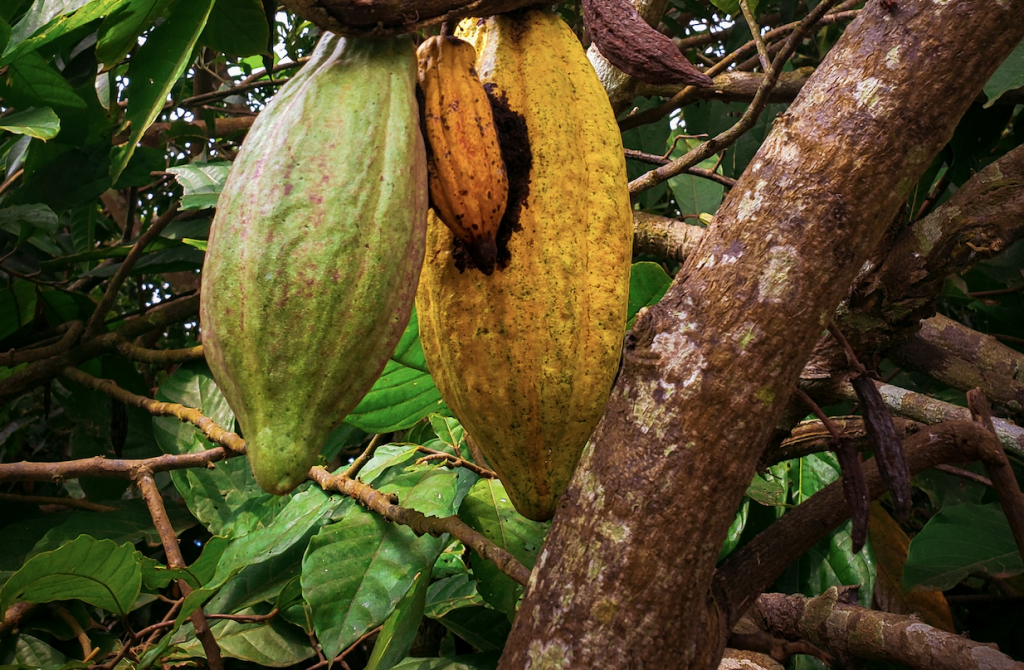Agiblocks is a safe choice to hedge your bets. Whether you’re looking for a powerful and agile solution for managing commodity trading risks effectively and efficiently, a smarter tool for agrobusiness trading, or just a next-gen instrument that is available anytime, anywhere whatever your commodity of choice may be – we’ve got you covered with the 4.0 software version of our flagship CTRM software solution. But did you know we’re rather good in hedging in the literal sense as well?
Commodity traders – as well as most other traders – tend to be risk averse. We know we are. Given the choice, our risk appetite is such that we prefer situations with low uncertainty over situations with high uncertainty. Unfortunately, there is no such thing as complete certainty, nor do the most certain outcomes yield the best results, economically speaking. Luckily, there are tons of tools to deal with uncertainty as a solution to your risk aversion – including options, futures and swaps, and all the necessary tools to deal with these derivates. If you like your risk with a side of coverage, you’d do well to read on.
Hedging
Commodity traders, sellers or buyers have access to instruments to protect themselves against risk, but there is a limited number of commodities which have these instruments. Is a cocoa trader luckier than a quinoa or saffron trader? As there are instruments for cocoa, but not for quinoa or saffron? And why is it that there are no risk tools for these commodities, but there is for many others – like wool, cement, bananas, chemicals… The list is endless. The reason is very technical, as such commodities require standardization in a contract, and a liquid market. The latter means that it is necessary to have [enough] people who buy and sell to be sure of it getting bought or sold at all.
Hedging is a commonly used technique to manage risk associated with price volatility. This involves taking an offsetting position in a related asset. It is essentially an insurance method for commodity traders, producers and end-users to cover themselves against negative price movements. As such, it’s not a financial tool used to make profits but rather to prevent or at least minimize possible losses. When we are talking about hedging in the context of (commodity) trade, we are talking about the use of derivates as a financial instrument.
A derivative is a financial security, of which options are an example. Others include forwards, swaps and futures. Their value is determined by an underlying asset on which it is based. That underlying asset determines the price and if the price of the asset changes, the derivative changes along with it. The design of these securities is to give producers and manufacturers the possibility to hedge risks.
For the purpose of hedging in the agricultural commodities market, there are essentially two ways to go about that, as the two most common derivates are options and futures. By using derivatives both parties agree on a sale at a specified price at a later date. Various properties are documented such as the relation between the derivative, type of underlying asset and the market in which they are traded.
It is essential to understand the strengths and weaknesses of each derivative to employ them to their fullest potential. But let’s not got ahead of ourselves.
This was a preview of our new Whitepaper about hedging. To read the whole paper, fill out the form and you’ll receive it for free in your inbox.

